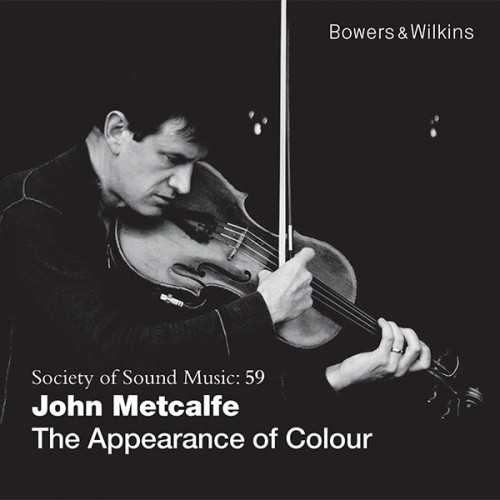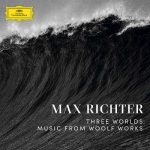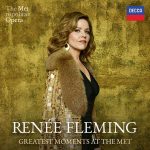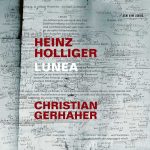
Composer: John Metcalfe
Performer: The Carducci Quartet
Audio CD
Number of Discs: 1
Format: FLAC (tracks)
Label: Bowers & Wilkins
Size: 493 MB
Recovery: +3%
Scan: yes
Kite
01. 1. Appear
02. 2. Land
03. 3. Centre
04. 4. Parsal
05. 5. Tree
Three pieces from “A Darker Sunset”
06. 1. Scorching Bay
07. 2. Echo Valley
08. 3. Copper Beech
Three pieces for Solo Piano
09. 1. Tunley
10. 2. Besancon
11. 3. Southmoor
The Appearance of Colour
12. 1. The Appearance of Colour
13. 2. Outline
14. 3. Contour
15. 4. Silhouette
Tom Cawley, piano
John Metcalfe, viola
Matthew Barley, cello
The Carducci Quartet:
Matthew Denton, violin
Michelle Fleming, violin
Eoin Schmidt-Martin, viola
Emma Denton, cello
Moving to England he took up the viola and joined his first band at school playing drums. Raised on a dual-mono diet of Kraftwerk and Joy Division this band influenced his move north-west where he joined cult band The Durutti Column on Manchester’s Factory label. He stayed for three years adding his own unique sound and flavour to the enigmatic style of guitarist Vini Reilly.
Hard classical study continued along with hard dancing at the now defunct Hacienda and scholarships took him to London and Berlin (studying with Italian maestro Bruno Giuranna) to finish his training. His distaste for standard classical recording industry practices led him to persuade Factory boss Tony Wilson to launch the ground-breaking Factory Classical label aimed at bringing young British talent and music to a truly new audience. He also joined the renown Duke String Quartet.Since his work on Morrissey’s no.1 solo album Viva Hate he has become one of the UK’s top arrangers working for artists such as Simple Minds, Bat For Lashes, Blur and Catatonia. He provided all the strings for the Concert for Linda at the Albert Hall, working with George Michael, Johnny Marr, Chrissie Hynde and Tom Jones.
Metcalfe took his first steps as a composer a decade ago. His debut CD ‘The Inner Line’ received glowing reviews with Billboard magazine describing it as ‘…. a solo debut that crosses all manner of boundaries, melding avant-pop and electronica, film music and contemporary classical’.
For the last three years Metcalfe was arranger, MD and co-producer of Peter Gabriel’s orchestral albums,’ Scratch My Back’ and ‘New Blood’ (tracks from which have been featured on Society of Sound). Metcalfe was closely involved in helping Gabriel re-interpret covers of major artists ranging from David Bowie to Paul Simon using only orchestral instruments. Mojo magazine called it “A profound re-imagining made manifest in an orchestral soundworld as rich and thrilling as ever recorded at Air, the studio founded by George Martin”.
From a very early stage in my training as a violist I have always had a deep passion for chamber music both as listener and performer. Over the last three years I have written intimate small scale pieces that didn’t quite fit my work with my band which uses a lot of electronics and drums. When I discovered the ethos behind the Society of Sound I knew this would be an ideal opportunity to record these pieces as a whole. There is a mix of performance and use of electronics. For live recording we used valve microphones where possible, in particular the Neumann U67, a classic mic from the 60’s and 70’s which suited my viola, a Giovanni Battista Ceruti made in 1800, extremely well. The piano is a Bosendorfer owned by Peter Gabriel. All of it is recorded with microphones deliberately placed very close to the instruments so there are some noises of breathing, the odd rustle of clothing, the bow hair on the string, the sound of the sustain pedal on the piano and other extraneous noises. The reason being to hear the music from the performers’ perspective as much as possible rather than the traditional ‘best seat in the house’ mic placement used for general classical recording.



